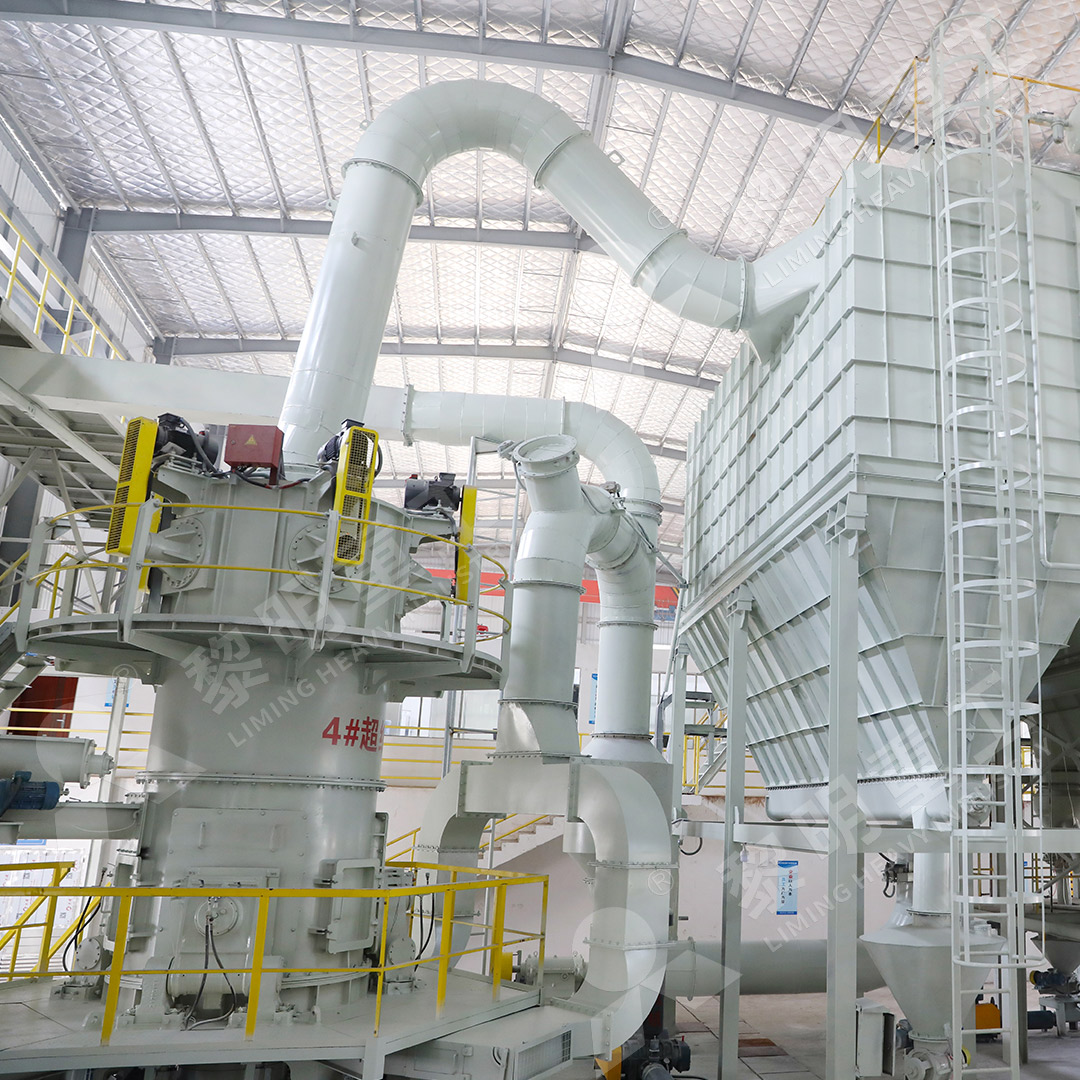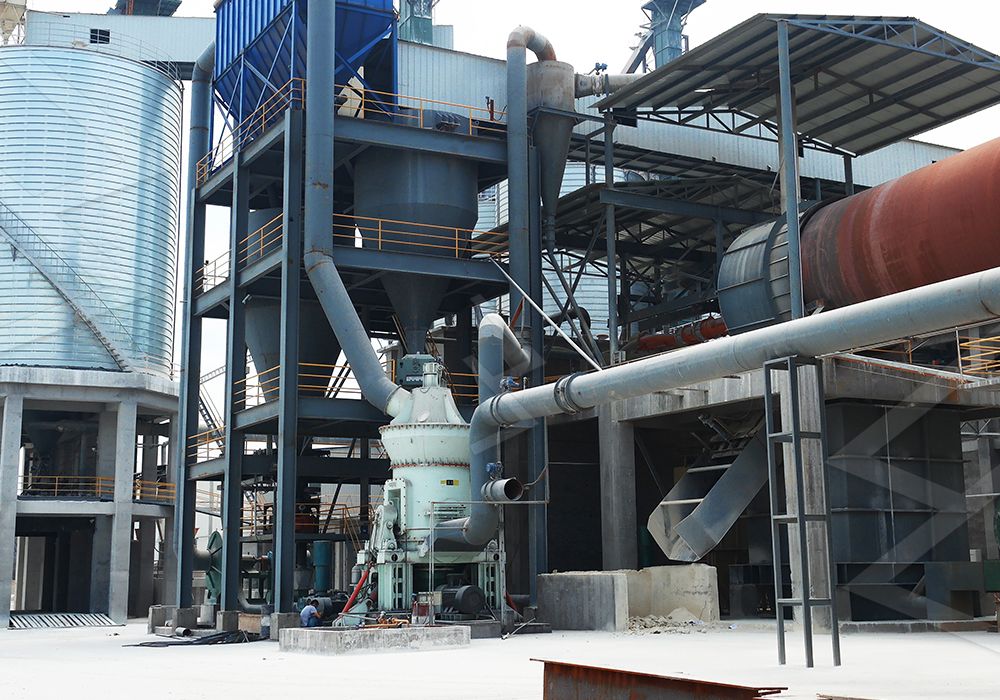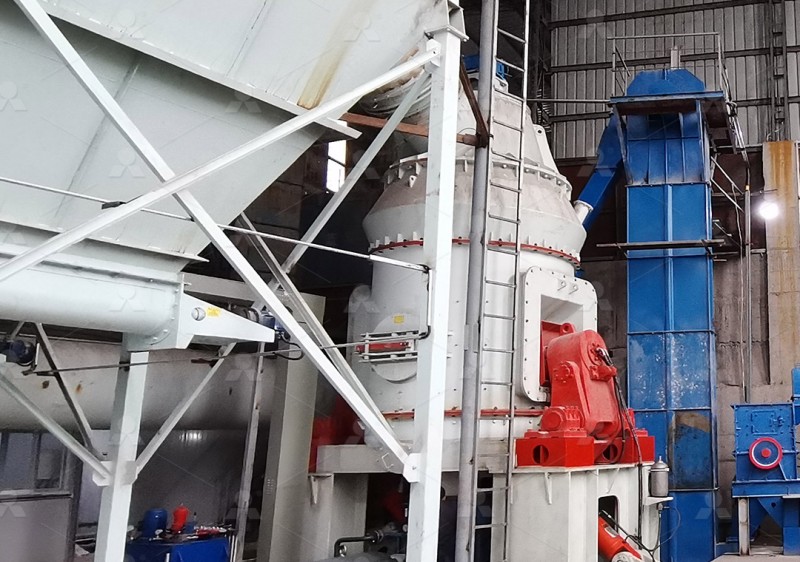LM190N Vertical Roller Mill: Technical Specifications and Application Guide
LM190N Vertical Roller Mill: Technical Specifications and Application Guide
In today’s competitive industrial landscape, the LM190N Vertical Roller Mill stands as a testament to engineering excellence and operational efficiency. This advanced grinding solution has been meticulously designed to meet the rigorous demands of modern mineral processing and powder production facilities.

Core Technical Specifications
The LM190N features a robust construction with an input size capacity of 0-70mm and throughput ranging from 3-340 tons per hour, depending on material characteristics and final product requirements. Its vertical design integrates multiple processes including crushing, drying, grinding, classification, and conveying into a single, compact unit.
What truly sets the LM190N apart is its revolutionary grinding mechanism. The mill employs two pairs of grinding rollers, each pair consisting of two narrow rollers mounted on the same axis capable of rotating at different speeds. This innovative configuration ensures optimal material-bed compression and grinding efficiency.
Operational Advantages
From my experience working with various grinding systems, the LM190N demonstrates remarkable energy efficiency, consuming 30-40% less power compared to traditional ball mills. The reduced occupational footprint—approximately 50% smaller than ball mill systems—makes it particularly valuable for facilities with space constraints.
The grinding chamber’s unique design minimizes material retention time, significantly reducing repeated grinding and maintaining low iron content in final products. This characteristic proves especially beneficial when processing materials where product purity is paramount.

Application Versatility
The LM190N excels across diverse applications including limestone, calcite, dolomite, petroleum coal, gypsum, barite, marble, talc, and various coal powders. Its adaptability extends to industries such as cement production, power plant desulfurization, metallurgy, chemical processing, and ceramics manufacturing.
For operations requiring even finer powder specifications, we often recommend considering our MW Ultrafine Grinding Mill as a complementary solution. With an input size of 0-20mm and capacity ranging from 0.5-25 tph, this system produces powders between 325-2500 meshes, making it ideal for specialized applications in chemicals, paints, cosmetics, and food additives.
Environmental and Maintenance Considerations
The LM190N operates under negative pressure with comprehensive sealing, effectively containing dust emissions well below international standards. The integrated automatic control system enables remote operation and monitoring, reducing labor requirements while enhancing process consistency.
Maintenance procedures have been streamlined through thoughtful design elements. The reversible structure allows grinding rollers to be easily moved outside the mill body for inspection and component replacement, significantly reducing downtime during maintenance operations.

For operations demanding ultra-fine processing capabilities, our LUM Ultrafine Vertical Grinding Mill presents an excellent alternative. With input size of 0-10mm and capacity of 5-18 tph, it incorporates the latest grinding roller technology and German powder separating technology for superior performance in specialized applications.
Frequently Asked Questions
What is the typical installation timeframe for an LM190N system?
Complete installation typically requires 4-6 weeks, depending on site conditions and preparation work. Our technical team provides comprehensive support throughout the process.
How does the LM190N handle varying material moisture content?
The integrated drying system efficiently handles materials with moisture content up to 15%, eliminating the need for separate drying equipment in most applications.
What spare parts inventory should operators maintain?
We recommend maintaining grinding rollers, liners, and selected hydraulic components. Our worldwide distribution network ensures rapid spare parts delivery when needed.
Can the LM190N process abrasive materials?
Yes, the mill handles abrasive materials effectively. Wear-resistant alloys in critical components provide extended service life, with specific material recommendations available for highly abrasive applications.
What level of automation does the system support?
The LM190N features expert-level automatic control capabilities, supporting both remote and local operation modes with comprehensive process monitoring and adjustment functions.
